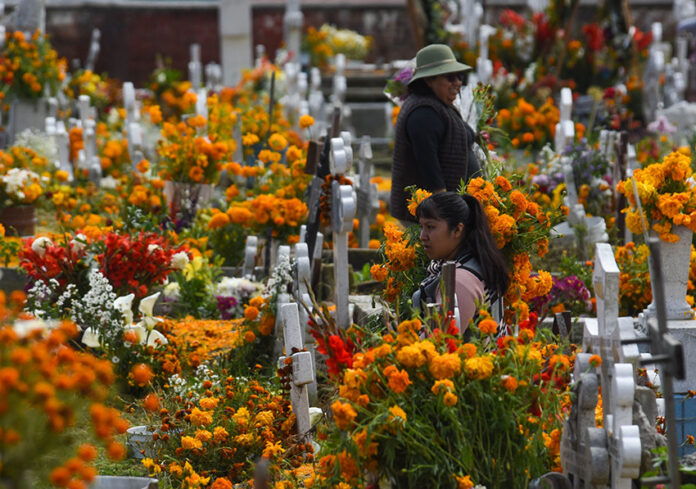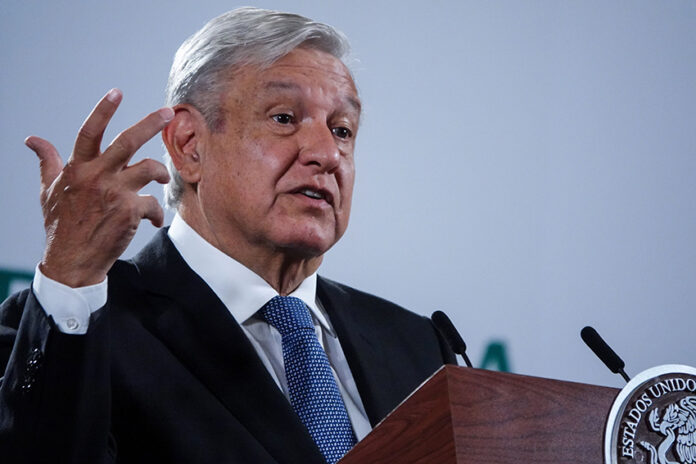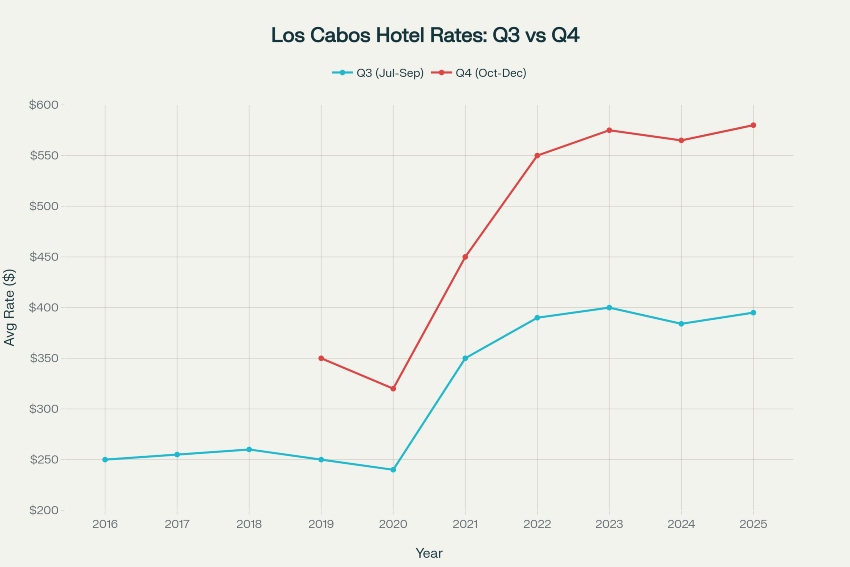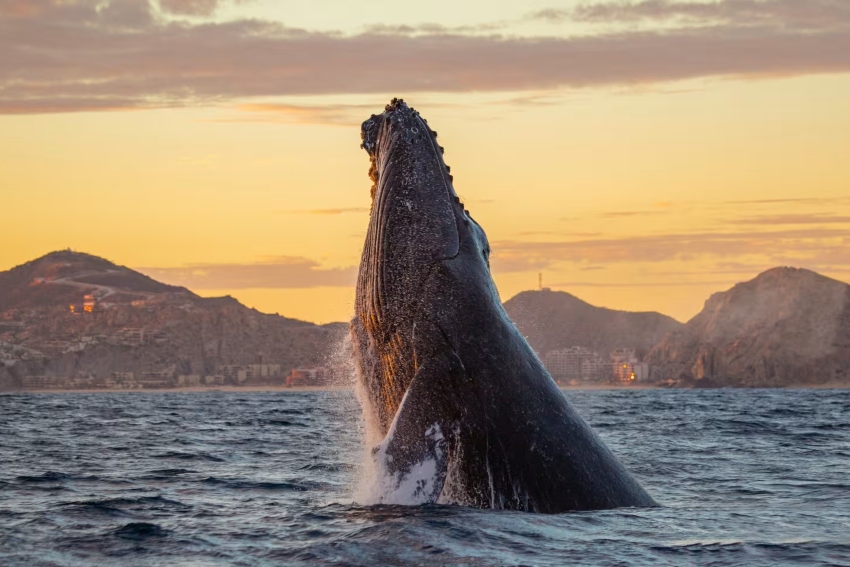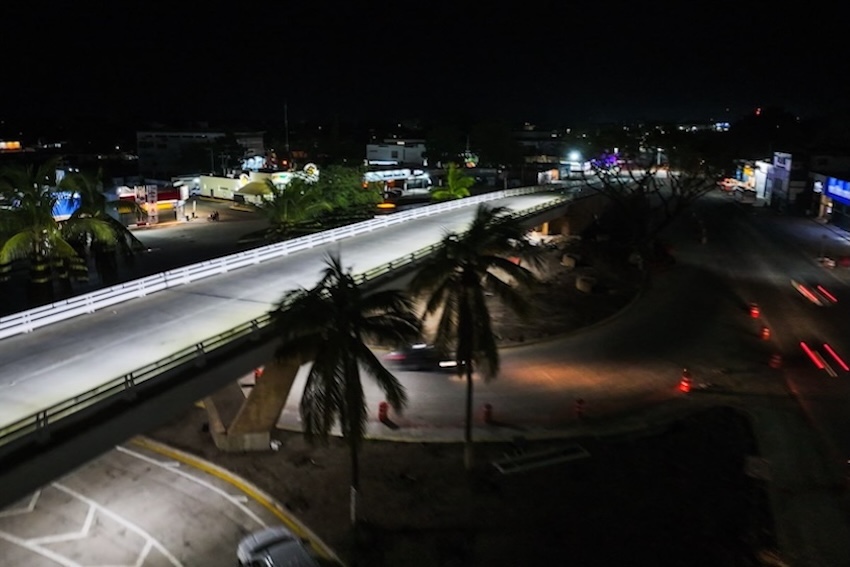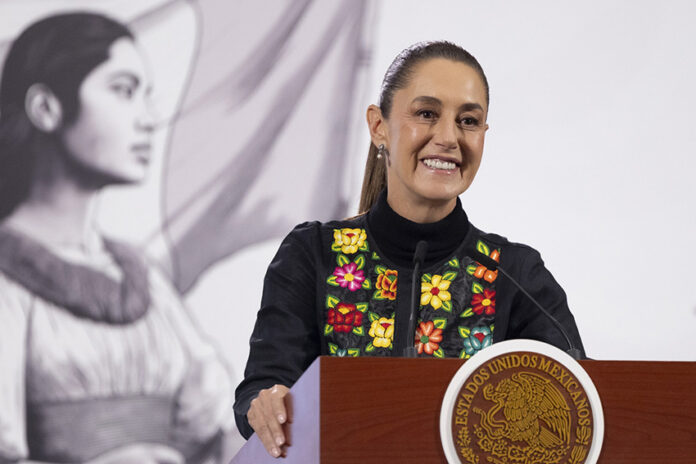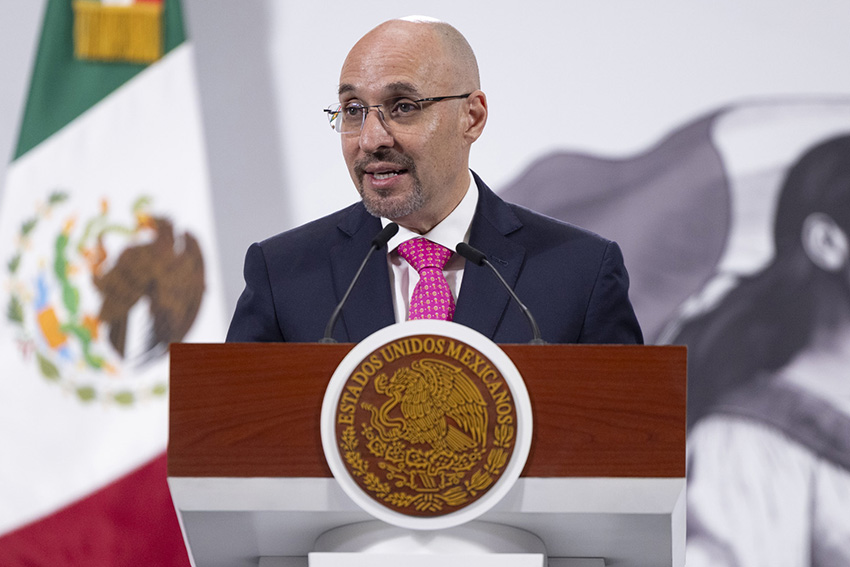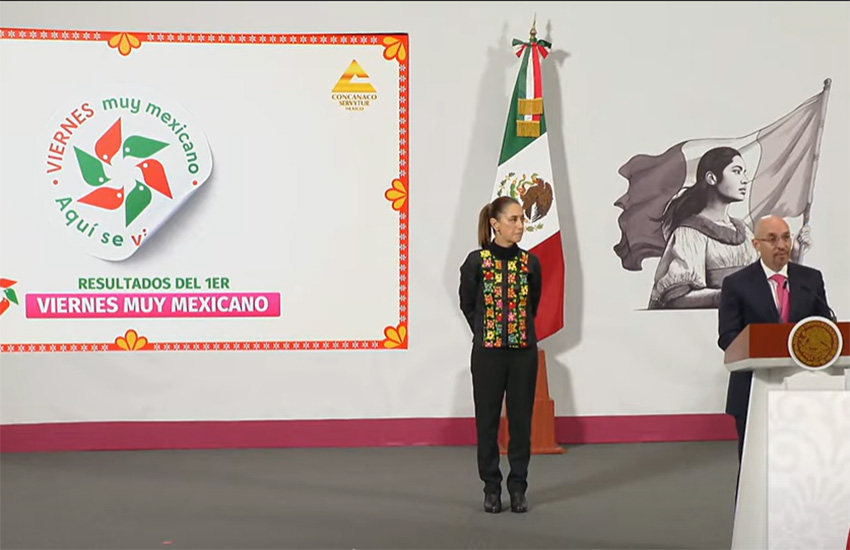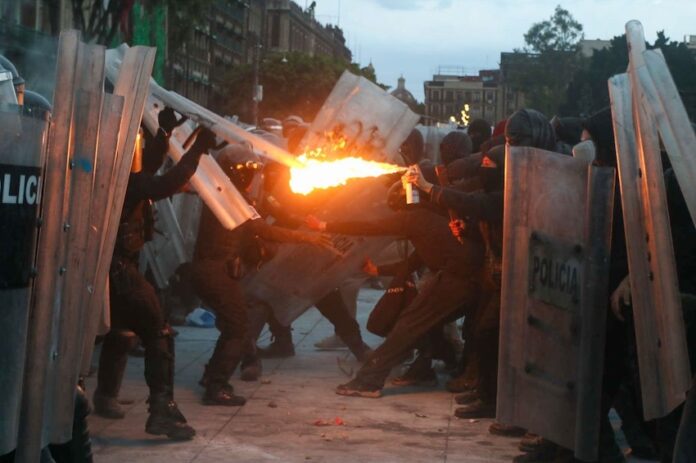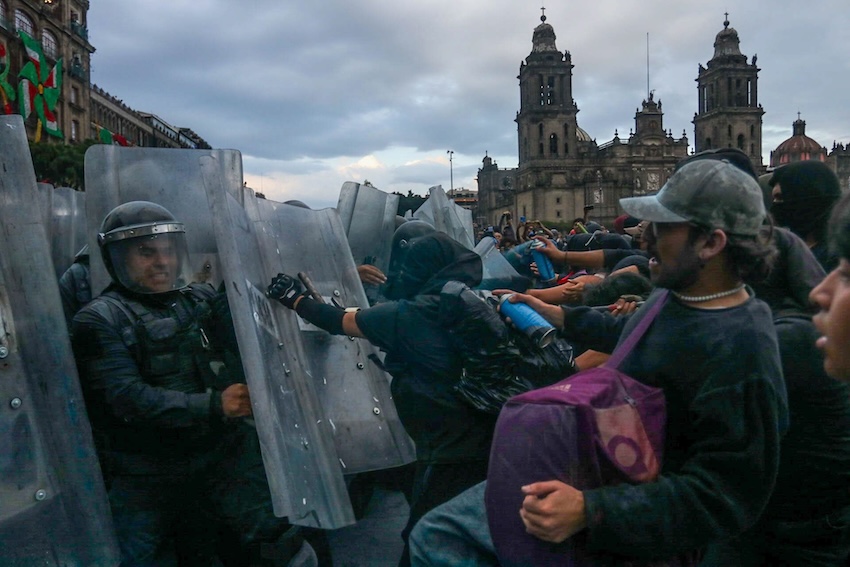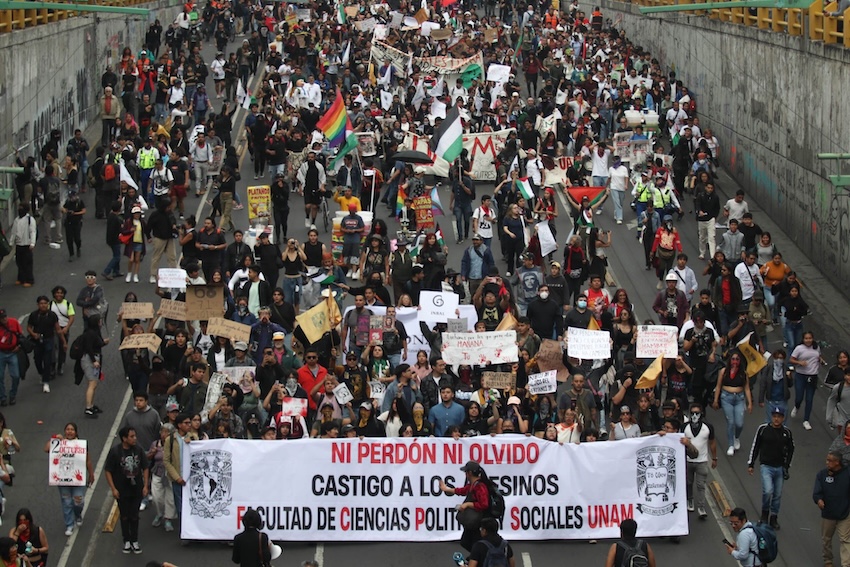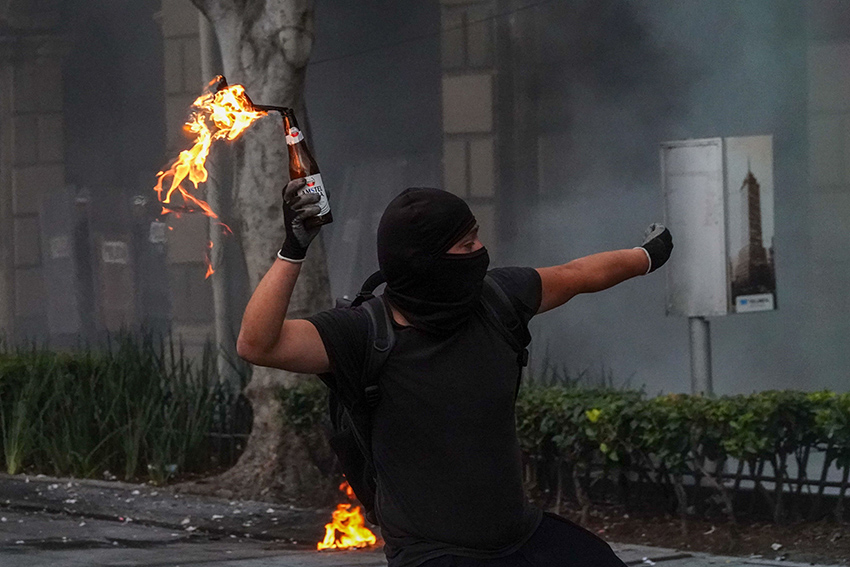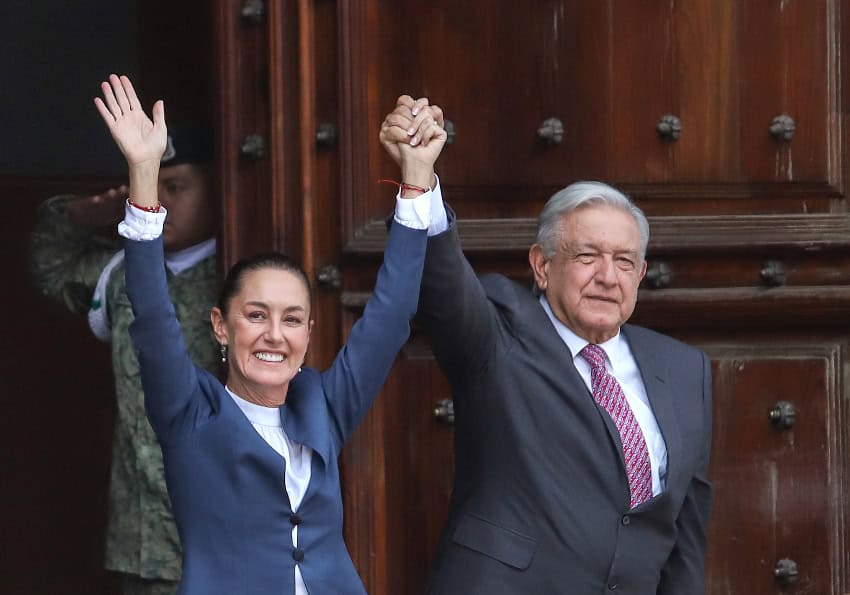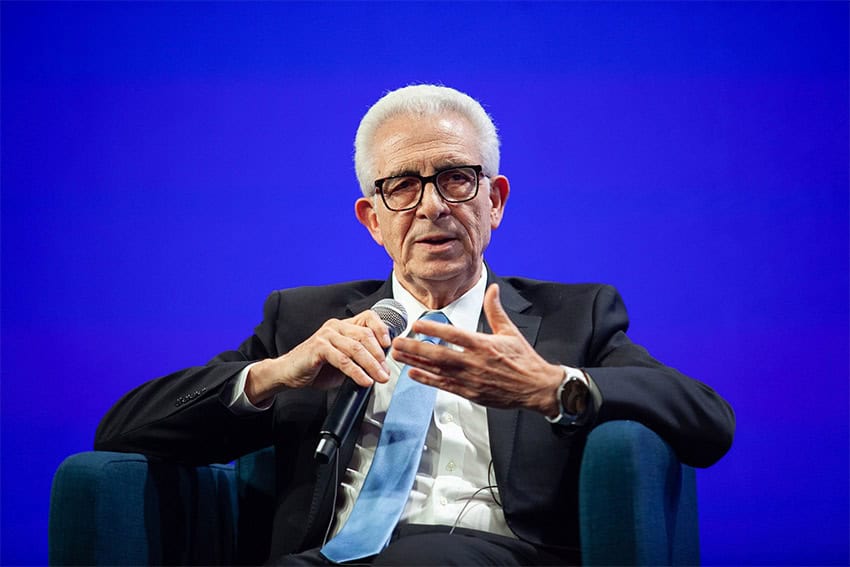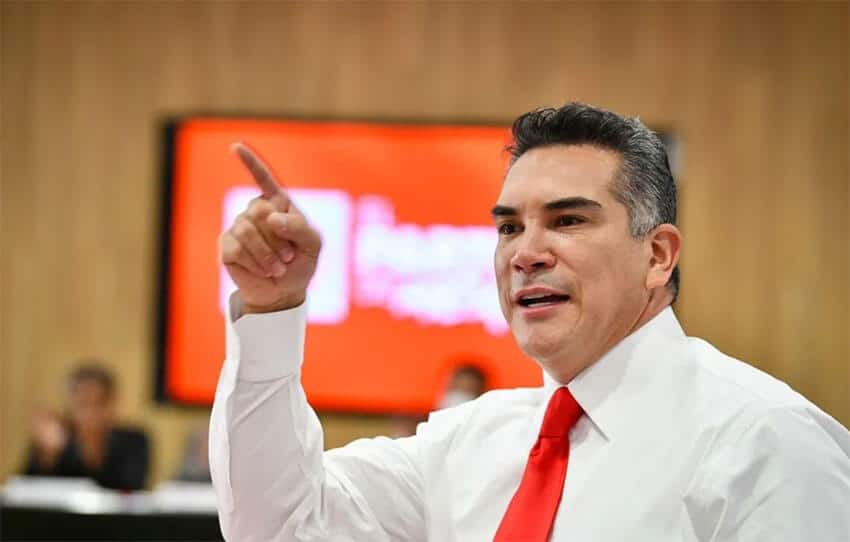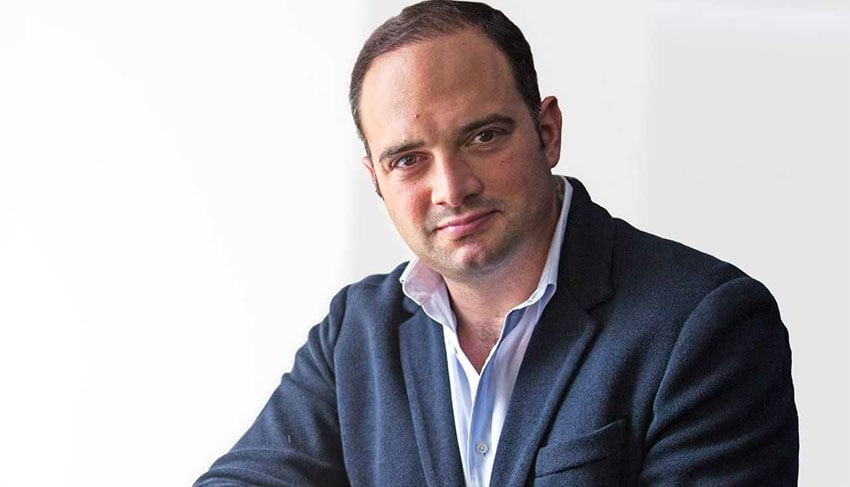The week of Sept. 29 to Oct. 3 marked President Claudia Sheinbaum’s one-year anniversary in office, a milestone punctuated by strong public approval, intensified security cooperation with the United States, and persistent challenges in trade and migration. From diplomatic tensions with Israel to new bilateral initiatives combating gun trafficking, the week offered insight into Mexico’s evolving domestic priorities and international relationships as the administration begins its second year.
Didn’t have time to catch all the top stories of the week? Here’s what you missed.
Sheinbaum’s year one: High approval, persistent challenges
President Sheinbaum completed her first year in office with approval ratings exceeding 70%, significantly outperforming her five most recent predecessors. Two major polls found support at 71.6% and 73%, with particularly strong backing from women, housewives and welfare program beneficiaries. During her daily press conferences throughout the week, Sheinbaum reflected on her accomplishments while completing a nationwide accountability tour that drew close to half a million attendees across all 32 states.
President Sheinbaum’s first year in office in 12 numbers: Part 1
The president’s high marks for honesty, leadership and social welfare programs contrast sharply with public dissatisfaction on security issues, where 75% rated anti-cartel efforts as bad or very bad. Sheinbaum also commemorated the 57th anniversary of the Tlatelolco massacre at her Thursday morning conference, expressing solidarity with victims of the 1968 student killings. Later that day, the annual Oct. 2 commemorative march turned violent when approximately 350 members of a black bloc threw incendiary devices, attacked police with hammers and stones, and looted stores in the Zócalo. The clashes left 94 police officers and 29 others injured. Mexico City Mayor Clara Brugada praised police restraint, noting that “unlike in 1968, our police do not repress,” though the violence obscured marchers’ demands: justice in the Ayotzinapa case and an end to the Gaza conflict.
Mexico-US security cooperation intensifies
Mexico and the United States launched Mission Firewall, a bilateral initiative to combat southward gun trafficking, during the inaugural meeting of the Mexico-U.S. Security Implementation Group in McAllen, Texas. The mission aims to increase border inspections, expand ballistic identification technology across all 32 Mexican states, and strengthen information sharing between authorities. Since January, U.S. officials reported opening more than 125 arms trafficking investigations, a significant shift after years of Mexican complaints that Washington failed to acknowledge the problem.
“For the first time, the United States recognizes that it has to do operations to control the illegal trafficking of weapons to Mexico,” Sheinbaum said, calling the agreement “very important.” Separately, a DEA operation targeting the Jalisco New Generation Cartel resulted in 670 arrests and the seizure of nearly US $30 million in assets, though Sheinbaum noted Mexico did not participate because operations occurred entirely on U.S. soil.
Protecting Mexicans abroad
The administration confronted multiple crises involving Mexican nationals in foreign custody. A Mexican man shot at a Dallas ICE facility died after being removed from life support, marking the sixth death of a Mexican in ICE detention since Trump intensified deportation efforts. Miguel Ángel García Hernández, a 32-year-old father who had lived in the U.S. since age 13, was among three detainees shot by a sniper firing into the facility. Sheinbaum pledged financial and legal support to his pregnant widow and four children.
Simultaneously, Mexico demanded the immediate repatriation of six Mexicans detained by Israel after the Israeli Navy intercepted a humanitarian flotilla bound for Gaza. The Mexicans were traveling on vessels carrying aid when they were seized in international waters and taken to Israel. Sheinbaum sent four diplomatic notes to Israel, asserting the Mexicans committed no crime and calling for humanitarian aid to reach Gaza, though she stopped short of breaking diplomatic relations.
Economic headwinds: Remittances, exports and trade tensions
Mexico’s economic picture showed troubling signs as remittances fell 8.3% in August, the fifth consecutive monthly decline and largest contraction in 16 years for the January-August period. Analysts attribute the drop partly to fear among undocumented Mexican workers in the U.S., some of whom have limited movements outside their homes amid Trump’s deportation agenda. With a 1% tax on cash remittances set to take effect in January 2026, the downward trend appears likely to continue.
On a more positive note, Mexico’s exports increased 7.4% in August, putting the country on track for record export revenue despite U.S. tariffs. However, automotive sector exports declined 4.1% in the first eight months of 2025, reflecting the impact of Trump’s 25% tariff on light vehicles. A new 25% tariff on heavy trucks, announced last week, threatens further deterioration since heavy trucks represent nearly 23% of Mexico’s auto sector exports.
Meanwhile, Economy Minister Marcelo Ebrard acknowledged that next year’s USMCA review will be more bilateral than trilateral, with distinct trade relationships between Mexico-U.S. and Canada-U.S. requiring separate negotiations. Former U.S. Trade Representative Robert Lighthizer has indicated the revision will be “far tougher than most investors and strategists expect,” signaling potential challenges ahead for the nearly $2 trillion annual trade relationship.
USMCA review will be ‘more bilateral than trilateral,’ says economy minister
Migration shifts and safety reforms
A new migrant caravan departed Chiapas with a destination that would have been unthinkable in previous years: Mexico City, not the United States. More than 1,000 migrants, primarily Cubans, began the 1,100-kilometer trek seeking to expedite asylum claims in Mexico rather than risk crossing to the U.S. under Trump’s strict immigration policies. Activists at Mexico’s southern border report an 80% drop in migratory flow since January, fundamentally transforming migration patterns through Mexico.
Tourism, infrastructure and World Cup preparations
In Tulum, 15 hotels and beach clubs agreed to provide free beach access following protests over entrance fees at the newly opened Jaguar National Park. Properties including Papaya Playa Project and Ahau eliminated cover charges, reaffirming Mexico’s constitutional guarantee of beaches as public assets.
Looking toward 2026, the NFL announced its return to Mexico City for the first time since 2022, with a regular-season game scheduled at the renovated Estadio Banorte. The announcement comes as Mexican airports prepare for World Cup travelers, with billions of pesos invested in terminal expansions and modernization at Mexico City, Guadalajara and Monterrey airports. Querétaro’s airport is also expanding with a new hotel, shopping plaza and eventually a spaceport.
Preserving heritage, advancing technology
Sheinbaum announced plans to expand seed banks protecting Mexico’s 64 corn varieties, 59 of which are native, following a constitutional reform banning genetically modified corn cultivation. The initiative ensures both food security and cultural identity. Meanwhile, Mexico is developing four Earth observation satellites for launch beginning December 2026, aiming to end dependence on foreign satellite data for monitoring climate change and national security threats.
Looking ahead
As Sheinbaum enters her second year, she faces the challenge of converting strong approval into tangible progress on security and corruption while managing economic pressures from declining remittances and potential USMCA renegotiations. The new bilateral security cooperation with the U.S. represents a significant diplomatic achievement, though navigating Trump’s unpredictable trade policies will test Mexico’s resilience. Investments in agricultural preservation, technological independence and World Cup infrastructure signal long-term strategic thinking, but immediate concerns about safety, migration and economic stability demand urgent attention. Whether Sheinbaum’s popularity proves durable will depend on her administration’s ability to deliver results on the issues Mexicans care about most.
Mexico News Daily
This story contains summaries of original Mexico News Daily articles. The summaries were generated by Claude, then revised and fact-checked by a Mexico News Daily staff editor.
Looking for previous weeks in review?
